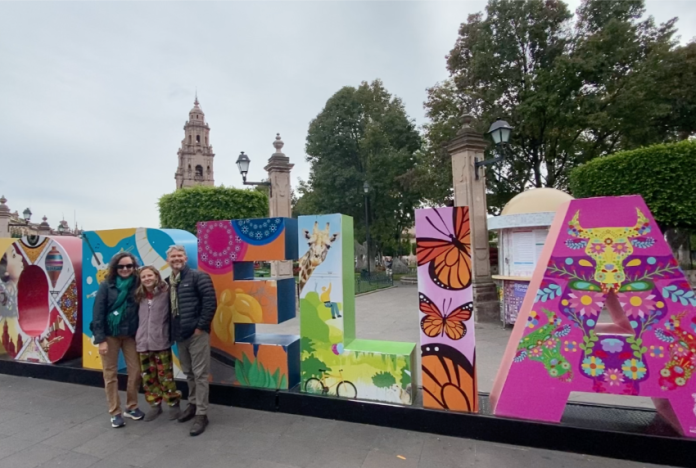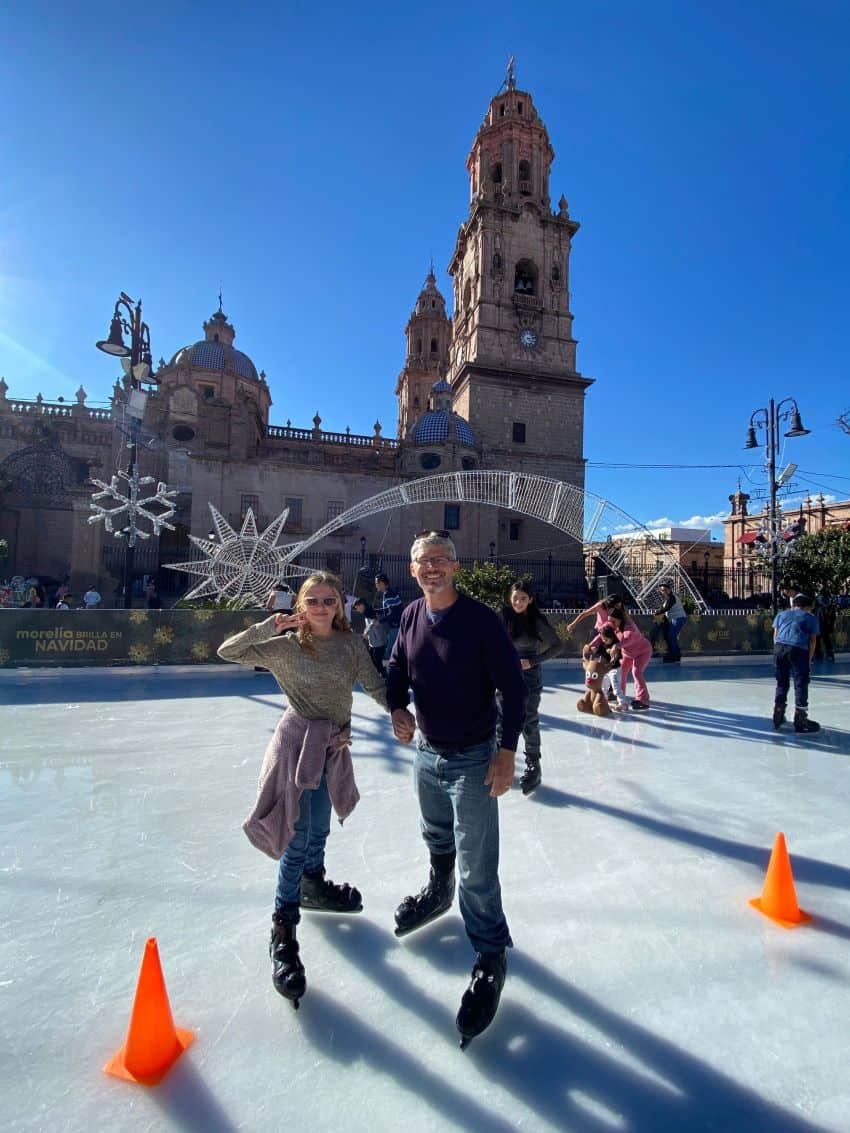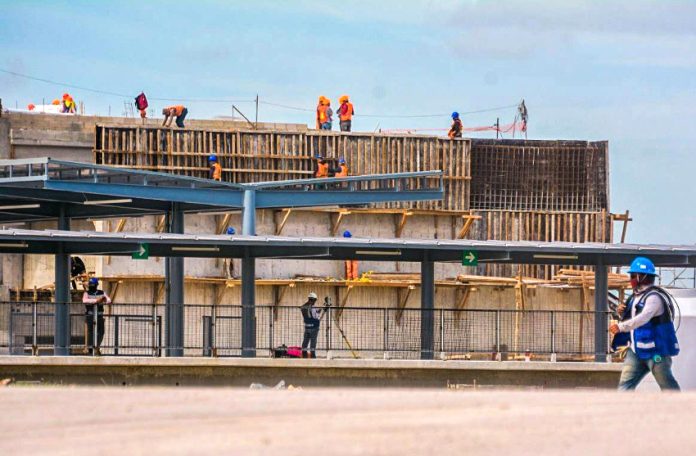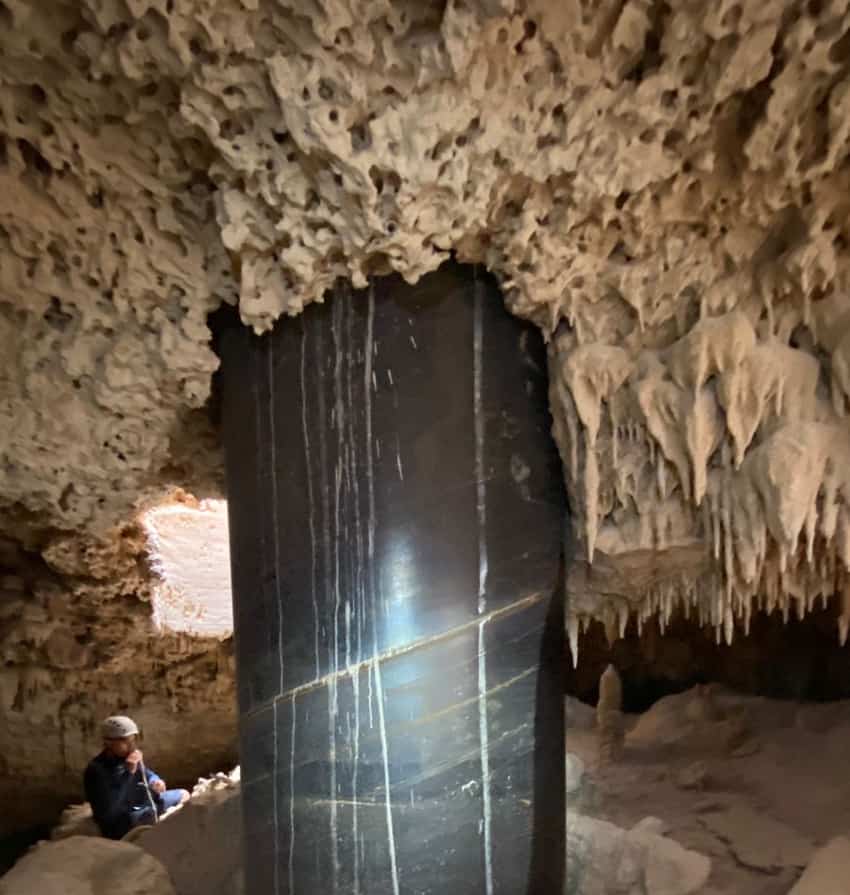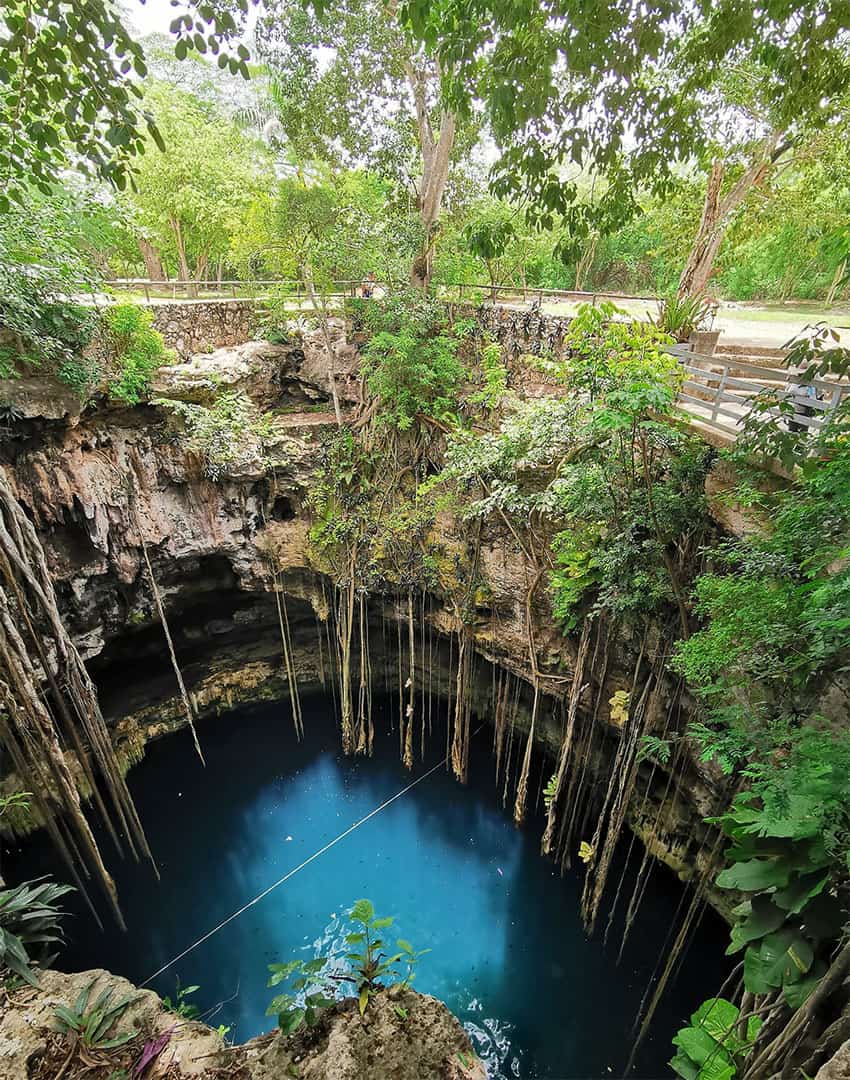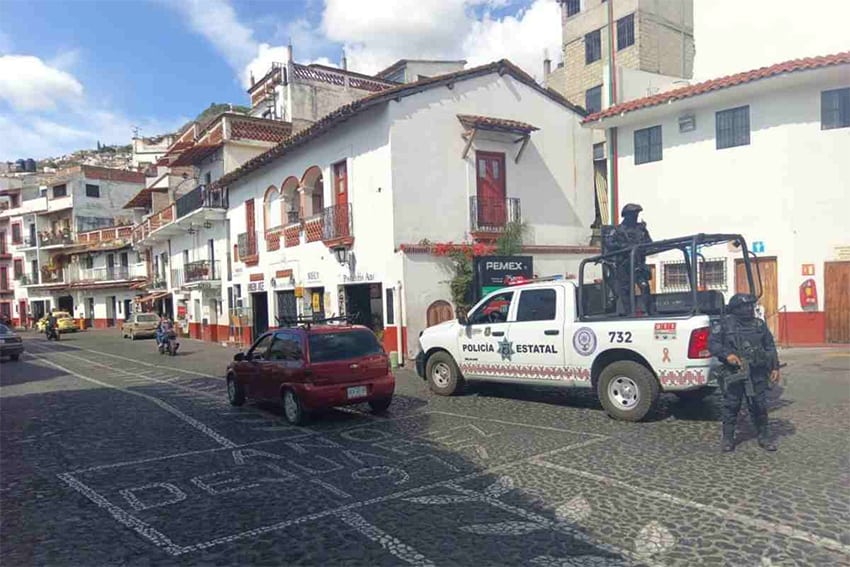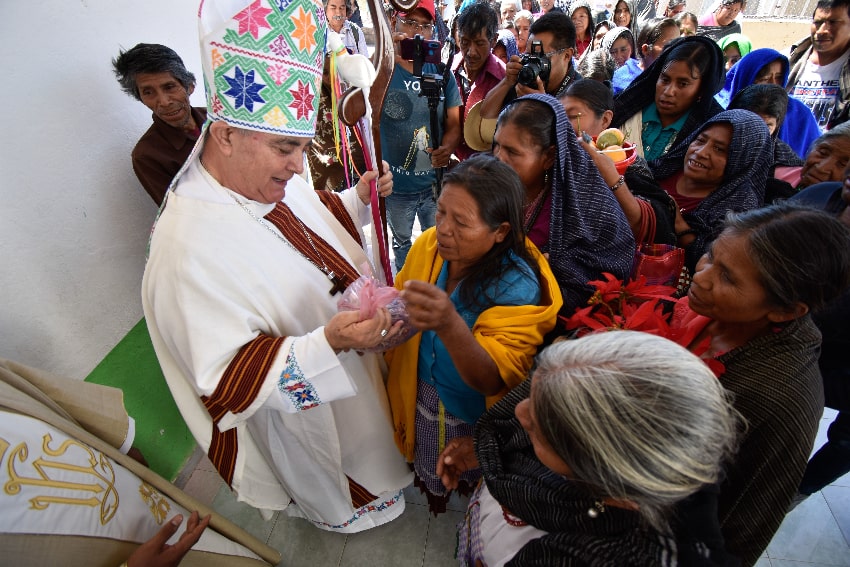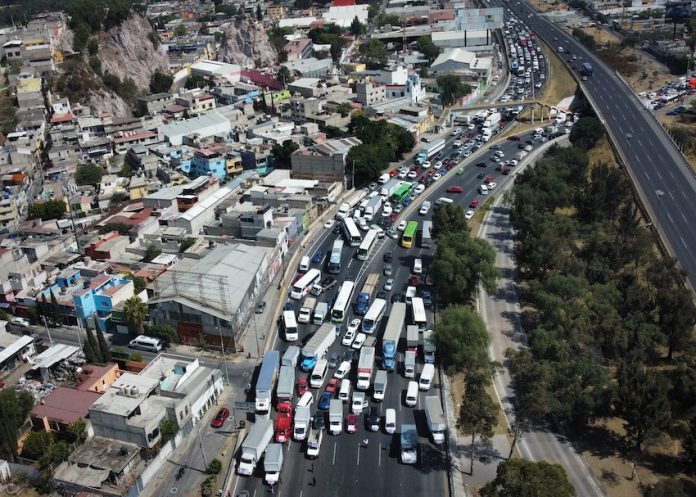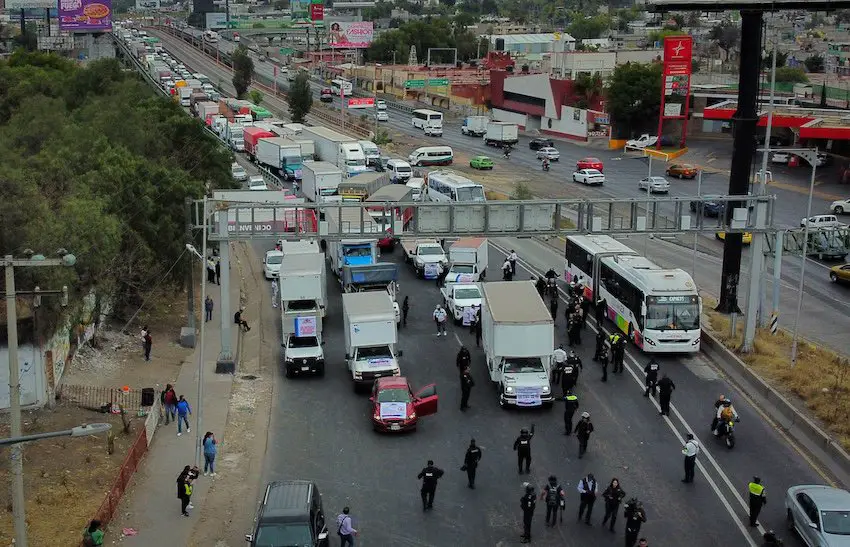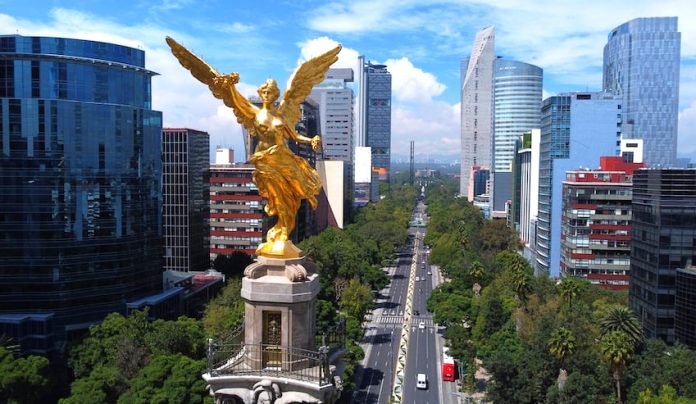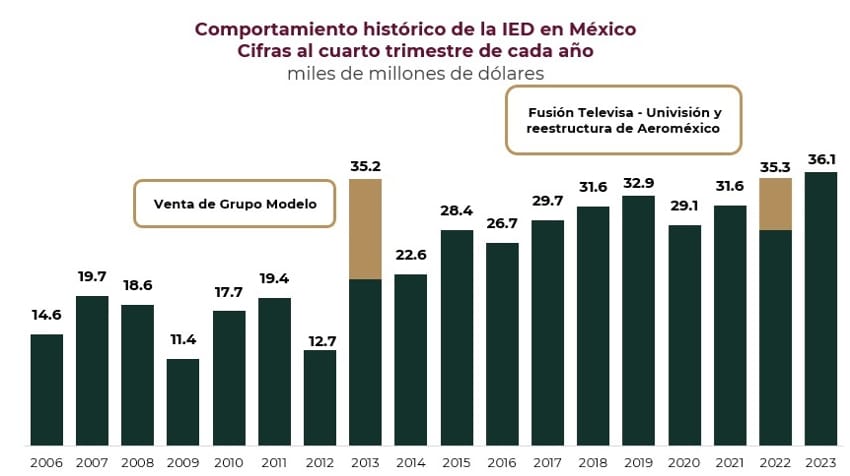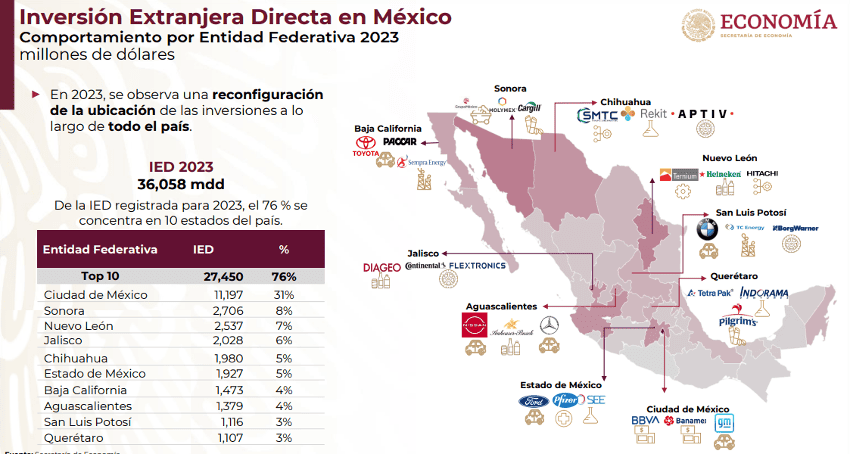The United States government has filed a new indictment against Ismael “El Mayo” Zambada García, an alleged leader and co-founder of the powerful Sinaloa Cartel.
The United States Attorney’s Office for the Eastern District of New York (USAO) announced Thursday that a fifth superseding indictment had been filed in federal court in Brooklyn charging Zambada with “conspiring to manufacture and distribute” fentanyl, knowing that it “would be unlawfully imported into the United States.”
In a statement, the USAO noted that the 76-year-old was “previously charged in multiple superseding indictments with running a continuing criminal enterprise, as well as murder conspiracy, money laundering conspiracy, cocaine, heroin, methamphetamine, and fentanyl manufacture and distribution conspiracy, as well as other drug-related crimes, through his continuing leadership of the Sinaloa Cartel, one of the most violent and powerful drug trafficking organizations in the world.”
It said that the latest superseding indictment “extends the end-dates of the continuing criminal enterprise and several conspiracies from May 2014 to January 2024.”
To ensure the success of the Sinaloa Cartel over a period of some 35 years, Zambada has “employed individuals to obtain transportation routes and warehouses to import and store narcotics, and ‘sicarios,’ or hit men, to carry out kidnappings and murders in Mexico to retaliate against rivals who threatened the cartel,” the USAO said.
El Mayo, who led the Sinaloa Cartel alongside convicted drug lord Joaquín “El Chapo” Guzmán for decades, has never been arrested. In an attempt to further incentivize people who may be aware of his whereabouts, the United States in 2021 tripled to US $15 million the maximum reward it is offering for information that leads to his capture and/or conviction.

When announcing the higher reward in September 2021, the U.S. State Department said that Zambada “is the unquestioned senior leader of the Sinaloa Cartel” given that Guzmán had been arrested, extradited to the U.S., convicted on drug trafficking charges and sentenced to life in prison.
Shortly after the announcement, Mexican officials and a former chief of international operations for the Drug Enforcement Administration (DEA) asserted that the arrest or death of El Mayo would trigger a full-blown war for control of the Sinaloa Cartel, which includes a faction led by some of El Chapo’s sons.
Breon Peace, United States Attorney for the Eastern District of New York, said Thursday that the superseding indictment against Zambada “demonstrates our firm resolve to bring him to justice, just as we did with his former co-conspirator El Chapo.”
DEA Administrator Anne Milgram said that “fentanyl is the deadliest drug threat Americans have ever faced, and the Sinaloa Cartel continues to be the largest trafficker of fentanyl into the United States.”
“With fentanyl the leading cause of death for Americans between the ages of 18 and 45, we must continue to hold Zambada García and other cartel leaders, members, and associates accountable for the people they have killed,” she said.
Milgram has previously said that the Sinaloa Cartel and the Jalisco New Generation Cartel pose “the greatest criminal threat the United States has ever faced” given the large quantities of fentanyl and other narcotics they smuggle into the U.S.
Combating the flow of fentanyl into the United States from Mexico is a key focus of the bilateral relationship between the two countries. The United States has recently announced sanctions against numerous alleged members of Mexican cartels, including many who are said to be affiliated with the Sinaloa Cartel.
Mexico News Daily




